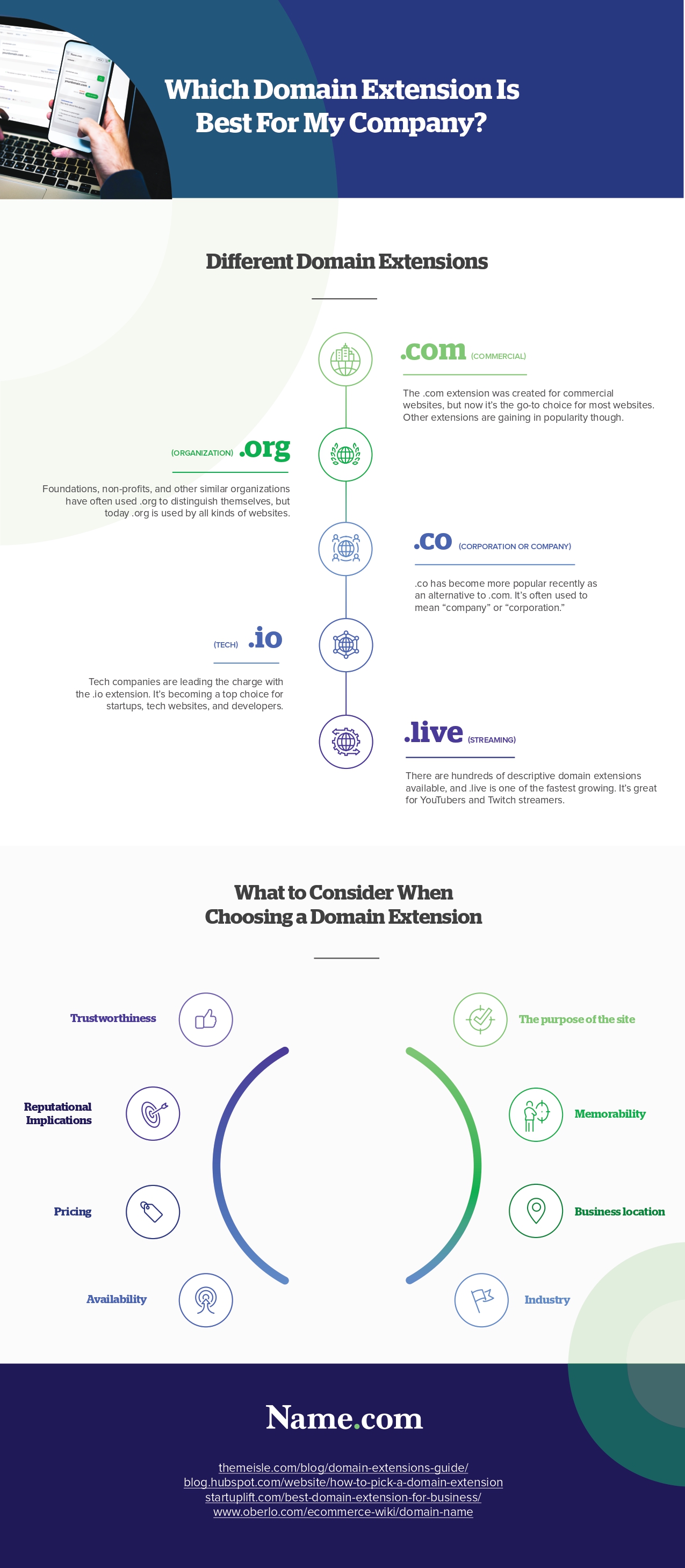There are several good reasons for wanting to make or redo your business website. Whether you are creating your first site, refreshing the one you already have or completely redesigning it due to a reorientation of your business, all of these reasons may require the design of a new website.
Often SMEs wonder if it is really necessary to have a website. And the answer is: absolutely! Many believe, wrongly, that this tool is not essential since its customers consult the information relating to the company elsewhere or contact it in another way (by word of mouth, for example). However, having a website makes it possible to have a showcase accessible everywhere, by everyone and at all times. It’s not uncommon, after hearing about a company, for people to go online to find out more and see what it’s doing. If you are not there, how will they perceive you? Indeed, the Web is one of the main sources of information for a large majority of people.
Although sometimes it does not bring direct benefits, a website should be seen as an investment and not an expense. It improves the credibility of your business and your customer service. Then, it reinforces your brand image.
Have you decided to take action and set up a new website for your business? A structured approach will help you achieve your goals and help you – no doubt – in the process of creating it.
Here are the 7 steps to take into account to make it easier to get the job done!
1. Clearly determine the purpose of your site and your objectives
First, ask yourself what the purpose of your website is. This important question may seem trivial to you, but it is often overlooked at the beginning of the website creation process.
Do you want to…
Next, determine what your website goals will be. Each goal should be specific, realistic, measurable and time-bound. For example, sell X number of products within the next two months, receive 10 more quote requests per month or increase your newsletter subscription rate by 10% for the next year. There is an unlimited amount of goals, it only remains to determine which ones fit your business.Define your target clientele
2. Knowing who will visit their website is essential in their creation process.
With a clearly defined target audience, a site’s chances of success increase considerably since we can adapt it to a specific type of clientele and offer them certain content based on their fields of interest.
It is also important to ask yourself what the needs of your customers and potential customers are and to know what they come to do on your site, then to try to meet them as best as possible. Do they want to learn more about your services, download a guide on how to use your products, read interesting articles? Again, the answer is different for each company!
Infographic Created By Name.com, High-Quality Website Builder
3. Define your overall budget
As in any project, it is important to establish a specific budget. How much are you willing to invest in your website? We rarely talk about this aspect, but it is very important to be aware that there are many types of websites, from the simplest to the most elaborate. Of course, the development time influences the price, which is why you have to think from the start about the functionalities you will need on your site and have them assess whether your projects are in line with your implementation budget.
Then, once online, it should not be forgotten that some maintenance costs for your site will be inevitable. We too often forget the recurring costs for site hosting, updates, etc. Moreover, opting for a maintenance service for your site is a strongly recommended option, as it guarantees the proper functioning of your site, increases the level of security and reduces the number of bugs.
4. Present inspirations
In order to demonstrate to the team that will develop your site what you have in mind and what you aspire to, we suggest looking for examples of sites that inspire you. These examples can be sites of your competitors, sites whose visual style you appreciate (not necessarily related to your industry), less aesthetic sites, but which have the desired functionalities, etc.Establish a tree structure
5. The tree structure represents
the structure of the pages and makes it possible to give a certain hierarchy to the content according to its priority. First, take inventory and list all the content you would like to find on your website, then categorize them in order of importance. You can also take inspiration from how your competitors have prioritized information on their site.
Then, establish levels of content, we advise you to stick to 3 maximum, i.e. the homepage, the secondary pages then the tertiary pages, otherwise the other pages will risk not being visited or even mixing up users during the navigation. To help you determine the priority of your content, try to imagine possible browsing scenarios.
6. Write content
After determining what content will be present on your site, think about writing the texts of each page, if it is not already done. If your content has already been written, you will need to think about optimizing it for the web, because web writing is very different from traditional writing. The texts must be engaging and contain effective calls to action , it is essential to direct your visitors when reading and browsing your site.
Your texts should also include links to other pages on your site to facilitate navigation. This is called internal linking . In addition to simplifying navigation in the site in general, this allows the user not to be stuck in a page with no exits.
Finally, the texts of your website must be optimized for natural referencing (SEO ). These must contain keywords related to your domain, your services and your company, which will have previously been determined by an analysis.


